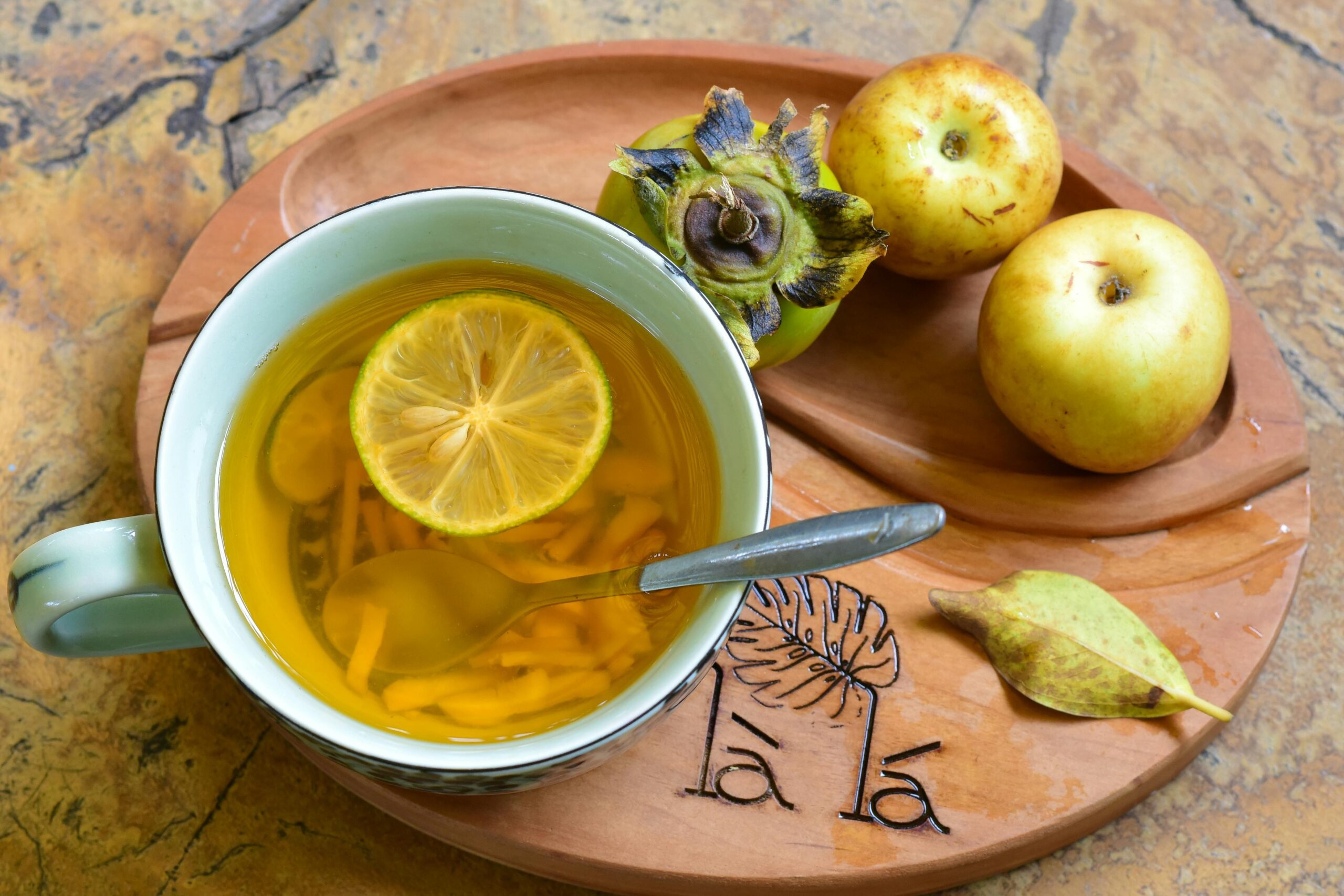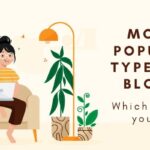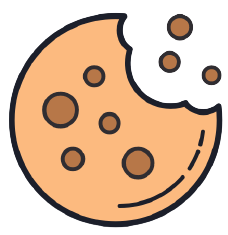- Pop the kettle on: 21 May is INTERNATIONAL TEA DAY. Actually. a dozen days throughout the year celebrate tea in its many forms and by different cultures — Japan recognizes National Matcha Day on 6 February, while 21 September is National Chai Day in India. At a daily average of three cups, Indians collectively drink a whopping 1.08 billion servings of tea everyday!
- Tea is second to water as the most popular beverage in the world. It was discovered by accident nearly 5,000 years ago, according to legend. As the story goes, Chinese Emperor Shen Nong sipped it first in 2737 BC, after leaves from the tree above him blew into his pot of boiled water. While tea is popular in China, Brits brew it more often (as English Breakfast, English Afternoon, and Irish Breakfast teas can all attest). But another country beats them all: Turkey drinks the most tea per capita, followed by Ireland and then the United Kingdom.
- TEA’S 3,000-PLUS varieties boil down to a handful of main categories: black, green, yellow, white, purple, oolong and pu-erh. But they all come from the same plant, Camellia sinensis, a tropical evergreen shrub native to central Southeast Asia,
- GREEN TEAS, like Japanese sencha, have low levels of caffeine, while black teas, like orange pekoe, pack more of a punch. Perhaps you’ve heard that tea has more caffeine than coffee? It’s technically true: By weight, dry tea leaves contain more caffeine than coffee beans do. But once the beverages are brewed, even black tea has only about half the jolt of java.
- THE FIRST tea bags offered a game-changing way to brew a quick, no-mess, single-serving cup of tea, but for all its brilliance, the invention is believed to come by accident. The most common origin story claims that in 1908, a New York tea importer sent tea samples in silk pouches, which customers thought should be steeped directly.
- ICE TEA, which often associated with the American South, originated in Russia. Another noted chilled tea is the cha-yen from Thailand, a high-calorie sweet, spiced tea drink made creamy with condensed milk. Many sweet tea preparations have as much sugar as Coca-Cola does, and some have even more.
- One of the priciest tea in history was the original form of a variety called Da Hong Pao, picked from one of the six’ mother bushes high in China’s rocky Wuyi Mountains. Harvesting these prized bushes became illegal in 2007. But before then, Da Hong Pa would set you back about $ 2,400 (around Rs 2 lakh) a cup. Nowadays, different and much more affordable versions are available to buy. A oft-quoted story says that in 1972, Mao Zedong presented the visiting Richard Nixon with 400 grams of the original leaves as a welcome gift. Today, that would be worth a million dollars (Rs 85 lakh).
- ‘AFTERNOON TEA’ often erroneously called high tea, is served alongside scones and finger sandwiches, as seen in Alice in Wonderland or the Netflix hit Bridgerton.
- YOU MIGHT enjoy brewing your own ‘sun tea’ which is stepped in water heated by the sun as opposed to a kettle. But a word of caution: Sun-brewed tea reaches only 130F (54C), which isn’t hot enough to kill any bacteria that might develop. So the safer way to cold-brew tea is the refrigerator. Either way, you’ll have to wait a few hours to take your first refreshing sip.
- FROM MORROCCON mint tea to Tibetan butter tea (which adds yak butter, salt and ginger to the tea brew), different cultures have their unique ways of preparing this hot favorite. Other examples include India’s masala chai — warmly spiced black tea that mixes wonderfully with milk — and bubble (or boba) tea — a cold milky tea-drink concoction from Taiwan that comes with chewy tapioca pearls as the ‘boba or ‘bubbles’.
- HERBAL TEAS are said to have multiple health benefits, many of which are backed up by scientific studies. Peppermint and ginger can ease gastric distress. Hibiscus tea can help lower blood pressure. Chamomile and lavender can soothe stress and lead to better sleep; both are common in Sleepy time teas — which you should drink two hours before bed for the best results.
- EARLY GREY was a real person. Charles II Earl Grey served as British prime minister from 1830 to 1834, and he’s said to have performed heroics to earn his namesake tea. As legend has it, a Chinese mandarin created the blend of black tea and oil of bergamot (a fragrant fruit that lends a distinctive citrus note) as a gift to Grey for saving his son from drowning, and the earl so enjoyed the flavor that he asked British tea merchants to re-create the blend.
- EVEN IF you don’t enjoy the taste of tea, you might consider its applications beyond drinking. Use the leaves as potpourri, or as an odor absorber in your fridge or kitty litter box. Place warm tea bags, steeped and squeezed, under your eyes to reduce dark circles or puffiness. Dentists also recommend biting down on used tea bags after tooth extractions, as it promotes blood clotting. And generations of school-kids have dipped their reports in tea to give them that old-timey look though we’d appreciate you not doing that with these pages.
This website uses cookies. to enhance your browsing experience, serve personalized ads or content, and analyze our traffic. By clicking “Accept & Close”, you consent to our use of cookies. Read our Privacy Policy to learn more.





